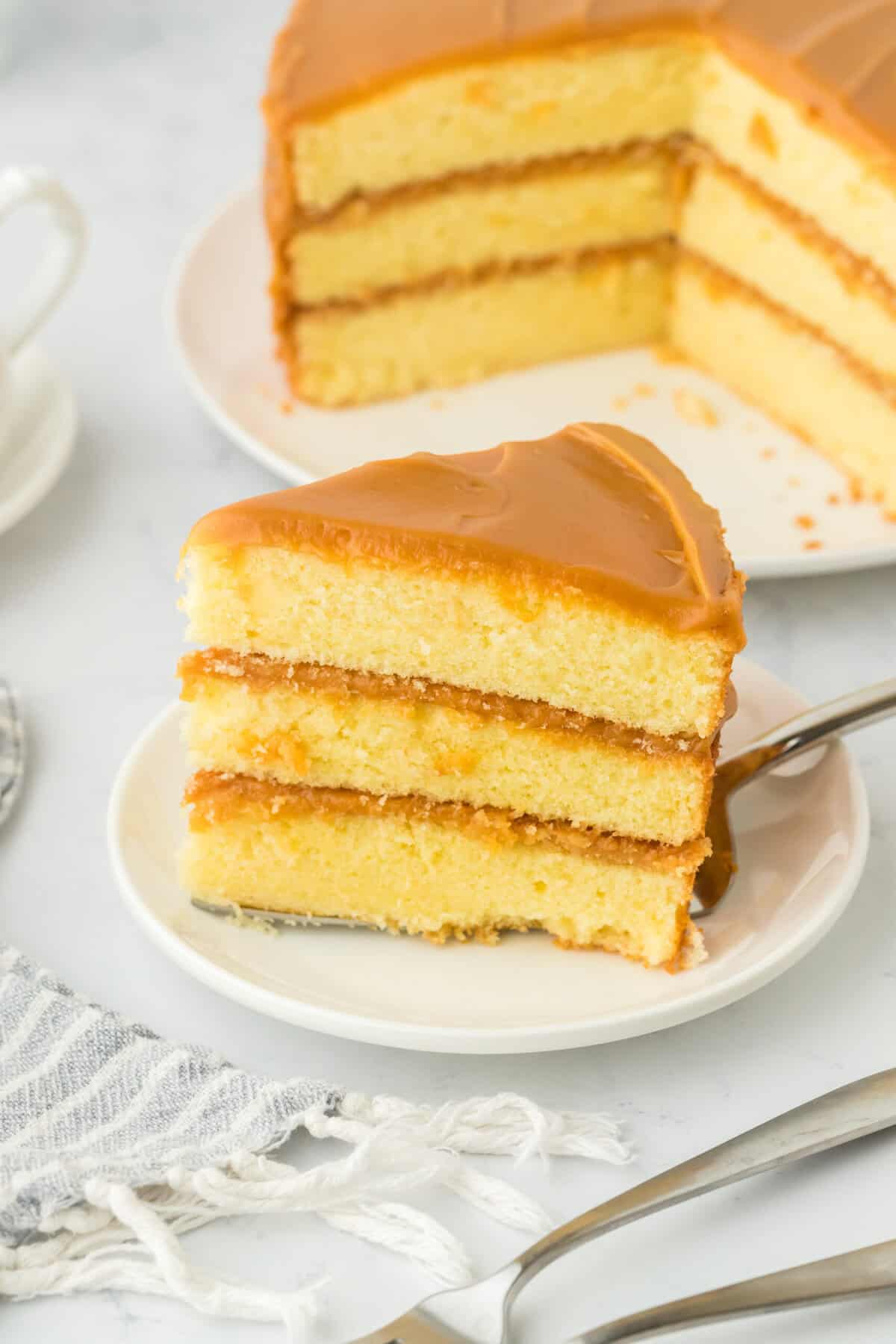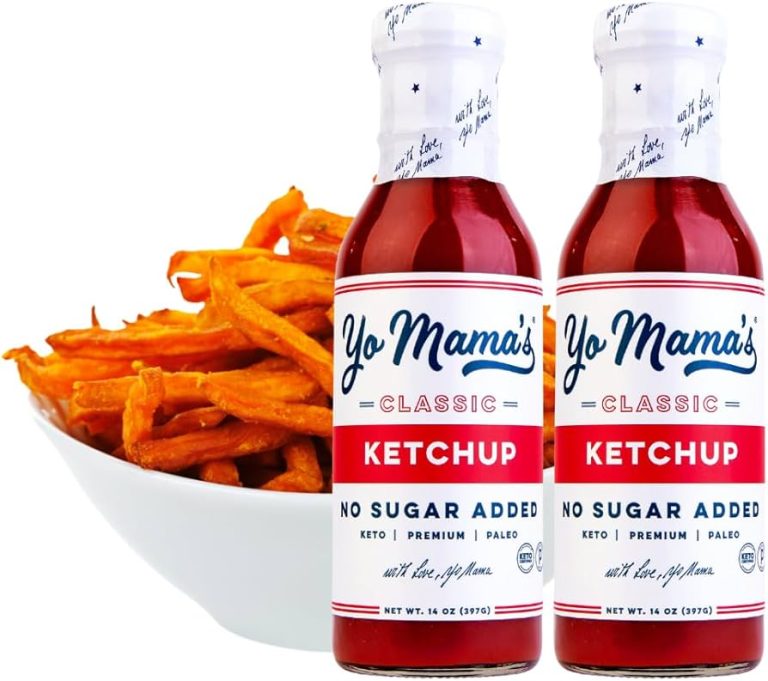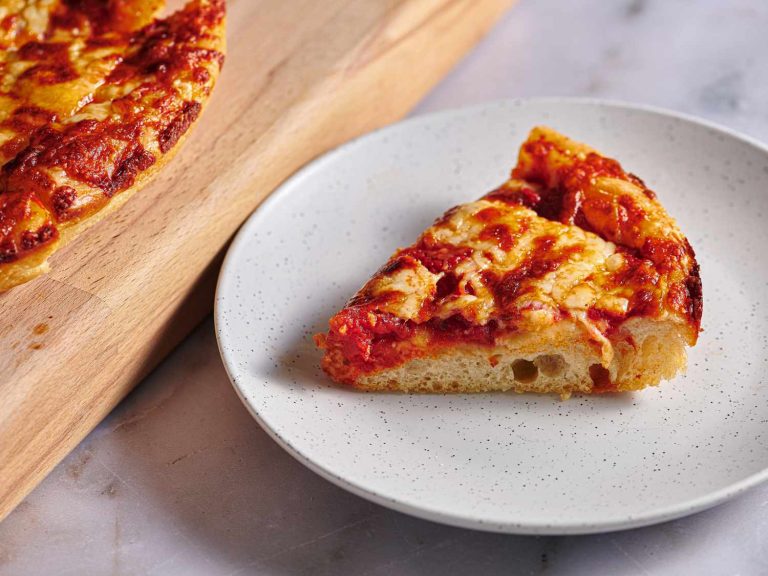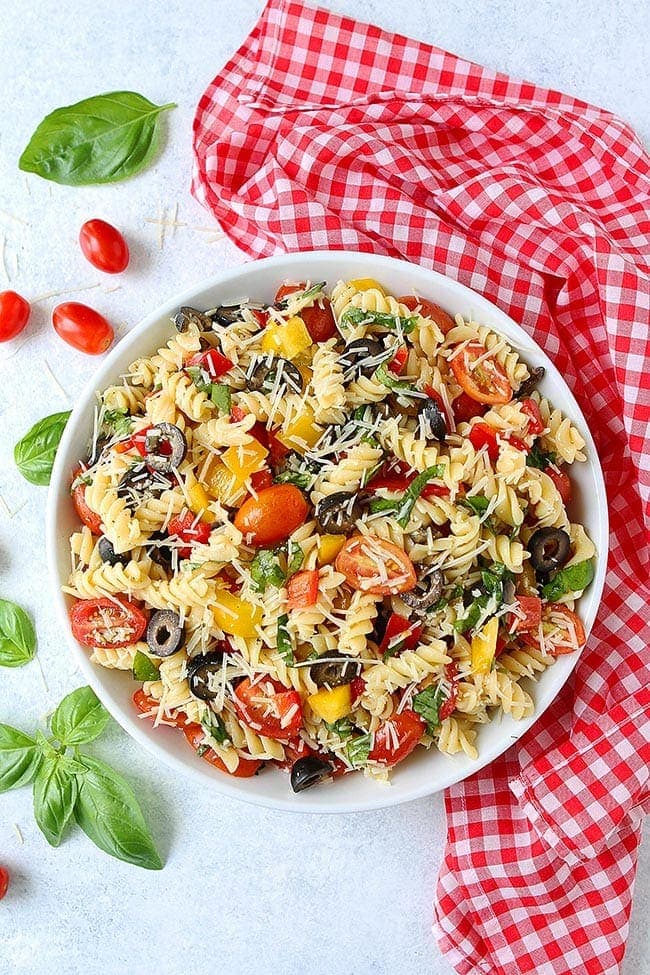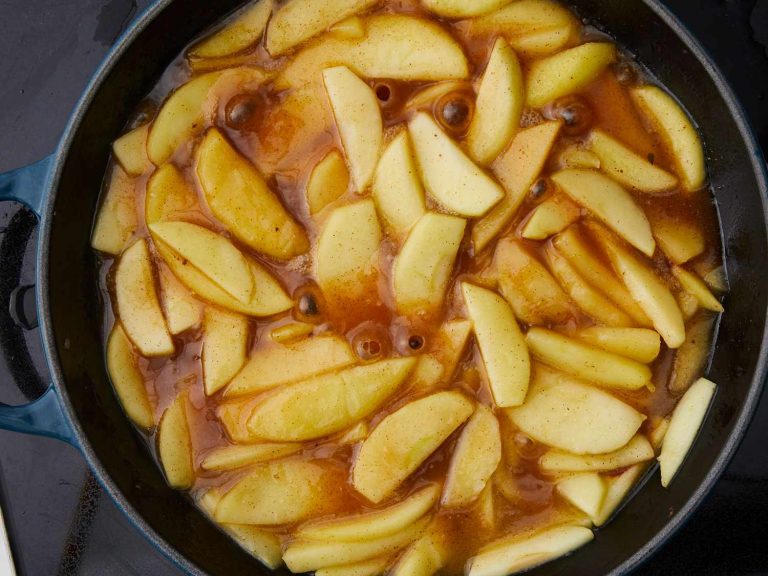Caramel Cake Recipe: A Southern Classic with Modern Twists and Tips
Caramel cake’s origins trace back to the early 19th century in the Southern United States. This sweet dessert quickly became popular due to its rich flavor and simple ingredients. By the mid-20th century, many families in the South embraced caramel cake as a staple at gatherings and celebrations.
Several regions, including Alabama and Georgia, are known for their distinct caramel cake recipes. These variations showcase regional preferences and ingredients, leading to diverse takes on this iconic dessert. For instance, some recipes incorporate buttermilk or sour cream for added moisture and tang.
Cultural Significance in Southern Cuisine
Caramel cake holds a special place in Southern cuisine due to its connection with family traditions and communal celebrations. Its presence at significant events like weddings, birthdays, and holidays underscores its cultural importance.
In Southern homes, caramel cake symbolizes hospitality and the joy of sharing home-baked goods. The process of making caramel frosting, often passed down through generations, signifies a deep-rooted culinary heritage. Many Southern cooks take pride in perfecting their caramel cake, ensuring it’s a centerpiece for gatherings and a genuine reflection of the region’s rich culinary legacy.
Key Ingredients of Caramel Cake
Importance of Caramel in the Recipe
Caramel is the main feature of caramel cake, defining its unique flavor. You create caramel by heating sugar until it melts and turns a golden brown. This process brings out a deep, rich flavor that’s both sweet and slightly nutty. Using high-quality sugar is crucial since it impacts the caramel’s final taste. Authentic caramel elevates your cake, giving it a distinctive taste profile that sets it apart from ordinary cakes.
Selection of the Right Ingredients
Selecting the right ingredients ensures a flavorful and moist caramel cake.
- Flour: All-purpose flour is a common choice, offering the right balance for texture and structure.
- Sugar: Granulated sugar creates the caramel, while brown sugar adds depth to the cake’s flavor.
- Butter: Unsalted butter provides richness without altering the overall taste. High-fat content offers moisture.
- Eggs: Large eggs help in binding the ingredients and adding moisture. Ensure they’re at room temperature for better blending.
- Milk/Buttermilk: Buttermilk or sour cream adds moisture and a slight tang, enhancing the cake’s complexity and softness.
- Baking Powder and Baking Soda: Baking powder and baking soda are leavening agents, ensuring the cake rises properly.
- Vanilla Extract: Pure vanilla extract enhances the overall flavor, providing a sweet, mellow undertone.
- Salt: A pinch of salt balances the sweetness, preventing the cake from tasting overly sugary.
Using fresh, high-quality ingredients ensures that your caramel cake not only tastes amazing but also maintains the rich heritage of this Southern classic.
Baking Techniques for Perfect Caramel Cake
Step-by-Step Baking Process
Follow these steps to bake a perfect caramel cake:
- Prepare Ingredients: Start by gathering all necessary ingredients—flour, sugar, butter, eggs, milk or buttermilk, leavening agents, vanilla extract, and salt. Ensure ingredients are at room temperature for better mixing.
- Mix Dry Ingredients: In a large bowl, sift together flour, baking powder or baking soda, and salt. This ensures even distribution of leavening agents.
- Cream Butter and Sugar: In a separate bowl, cream the butter and sugar until light and fluffy. This step incorporates air, making the cake light.
- Add Eggs: Incorporate eggs one at a time, beating well after each addition. This helps emulsify the mixture, contributing to a smoother batter.
- Combine Wet and Dry Ingredients: Gradually add the dry ingredients to the butter mixture, alternating with milk or buttermilk. Begin and end with the dry ingredients. Mix until just combined to avoid overworking the batter.
- Add Vanilla Extract: Stir in vanilla extract for flavor enhancement. A well-balanced flavor is crucial for a caramel cake.
- Pour and Bake: Pour batter into greased and floured cake pans. Bake in a preheated oven at 350°F (175°C) for 25-30 minutes or until a toothpick inserted comes out clean.
- Cool and Frost: Allow cakes to cool in pans for 10 minutes, then transfer to a wire rack to cool completely before frosting with caramel icing.
- Overmixing the Batter: Overmixing the batter incorporates air, making the cake dense and tough. To avoid this, mix until just combined.
- Incorrect Oven Temperature: Baking at an incorrect temperature can cause uneven baking or a dry cake. Use an oven thermometer to ensure accuracy.
- Uneven Ingredient Temperatures: Ingredients at different temperatures can lead to inconsistent textures. Ensure all ingredients are at room temperature before mixing.
- Ignoring Sifting Dry Ingredients: Unsifted ingredients may result in lumps and an uneven rise. Always sift dry ingredients.
- No Cooling Time: Skipping the cooling time may result in torn or messy cakes. Allow cakes to cool properly before frosting.
By following these steps and avoiding common mistakes, you’ll achieve a moist and flavorful caramel cake every time.
Caramel Cake Variations
Classic vs. Modern Takes
Classic caramel cake recipes stay close to the traditional Southern methods, emphasizing simple, quality ingredients. Expect to see the use of granulated sugar, flour, butter, eggs, and homemade caramel made from scratch. These recipes often create a rich, dense cake with a thick caramel icing that hardens slightly as it cools.
Modern variations introduce twists to the traditional recipe. Some use salted caramel or incorporate spices like cinnamon and nutmeg for added complexity. Others layer the cake with additional fillings, such as caramel mousse or chocolate ganache, to enhance the flavor profile. You may also find recipes that leverage contemporary baking techniques or unique decoration styles, making the cake visually appealing and upscale.
Gluten-Free and Vegan Options
You can enjoy caramel cake even with dietary restrictions like gluten intolerance or vegan preferences. For gluten-free versions, substitute standard flour with gluten-free baking flour blends that typically contain rice flour, potato starch, and tapioca starch. Ensure the caramel components do not contain any gluten additives.
For vegan caramel cakes, replace animal-based ingredients with plant-based alternatives. Use dairy-free butter and milk (such as almond or soy milk), and substitute eggs with flax or chia seeds mixed with water. Vegan caramel can be made using coconut milk and a combination of sugars like maple syrup and brown sugar. These adaptations maintain the delicious caramel flavor while aligning with specific dietary needs.
Each paragraph provides detailed information on the respective subheadings, ensuring the content flows naturally and remains coherent with the previous section.
Pairing and Serving Suggestions
Best Pairings With Caramel Cake
Consider pairing caramel cake with complementary beverages and sides to enhance its flavor. Coffee offers a rich, warm contrast, balancing the sweetness of caramel. Black tea provides a subtler pairing, while an oolong or chai adds a hint of spice. For a celebratory touch, serve caramel cake with a glass of Champagne or Prosecco. Berries, such as strawberries or raspberries, bring a fresh, tart element that elevates the cake’s sweetness. Vanilla ice cream pairs perfectly as it provides a creamy texture and mild flavor that complements caramel.
Decorative Tips for Special Occasions
Elevate the visual appeal of your caramel cake with thoughtful decorations. For birthdays, adorn the cake with edible flowers or gold leaf for an elegant touch. Fresh berries arranged on top add color and contrast. For weddings, consider a more sophisticated look with white chocolate shavings and delicate sugar sculptures. Seasonal decorations, such as candied cranberries and rosemary sprigs during winter holidays, make the cake festive and inviting. Always use high-quality garnishes to ensure they taste as good as they look.
Conclusion
Caramel cake isn’t just a dessert; it’s a celebration of rich flavors and culinary history. Whether you stick with traditional Southern recipes or experiment with modern variations, the key is to use quality ingredients and let your creativity shine. From gluten-free adaptations to elegant decorations, there’s a version of caramel cake for every occasion. Pair it with your favorite beverages and enjoy the delightful experience this classic treat offers. So go ahead, bake your caramel cake, and create sweet memories that last a lifetime.
